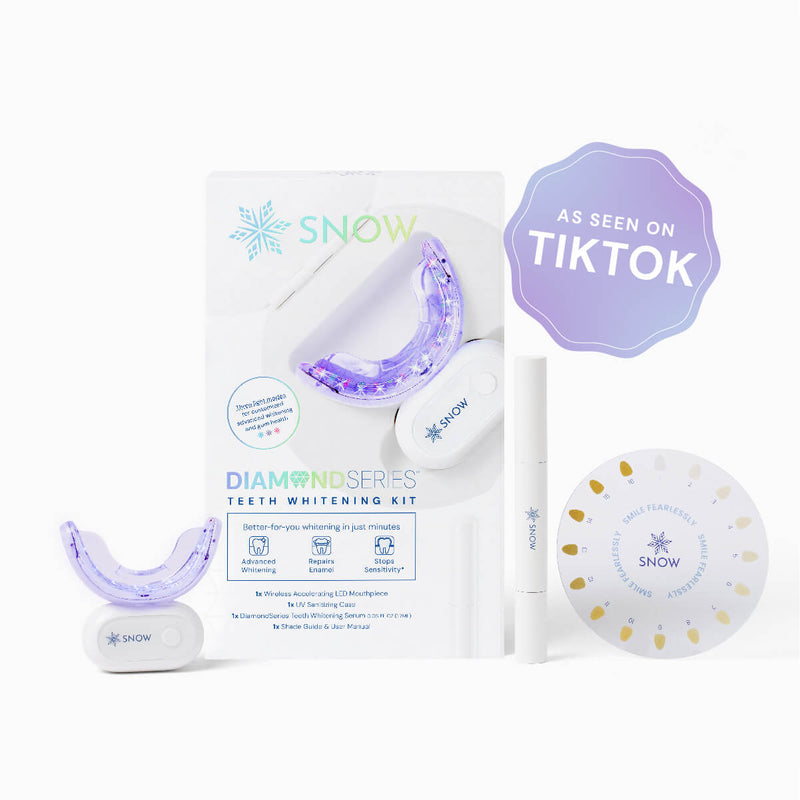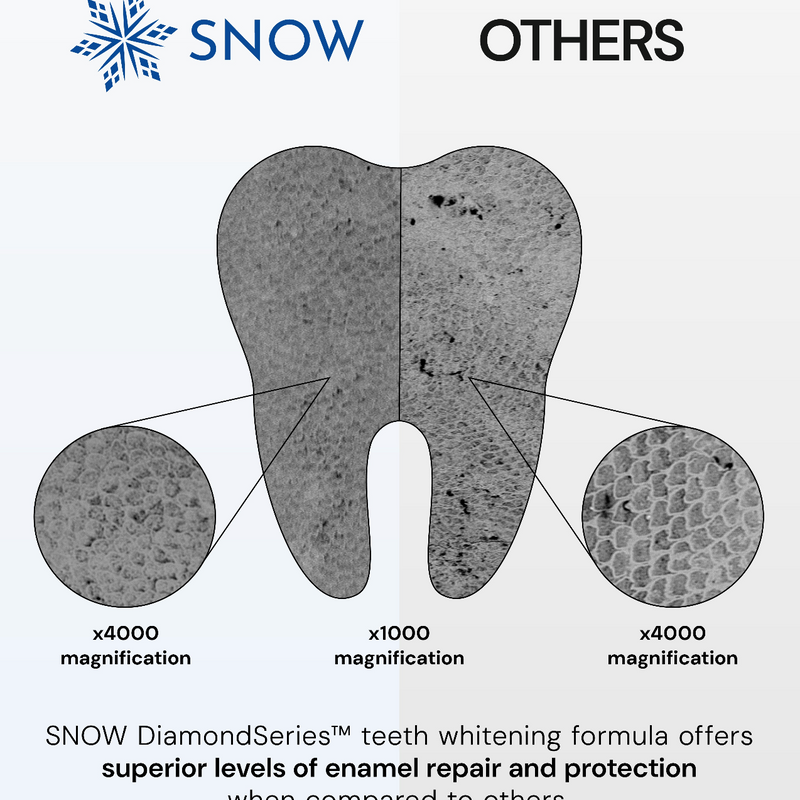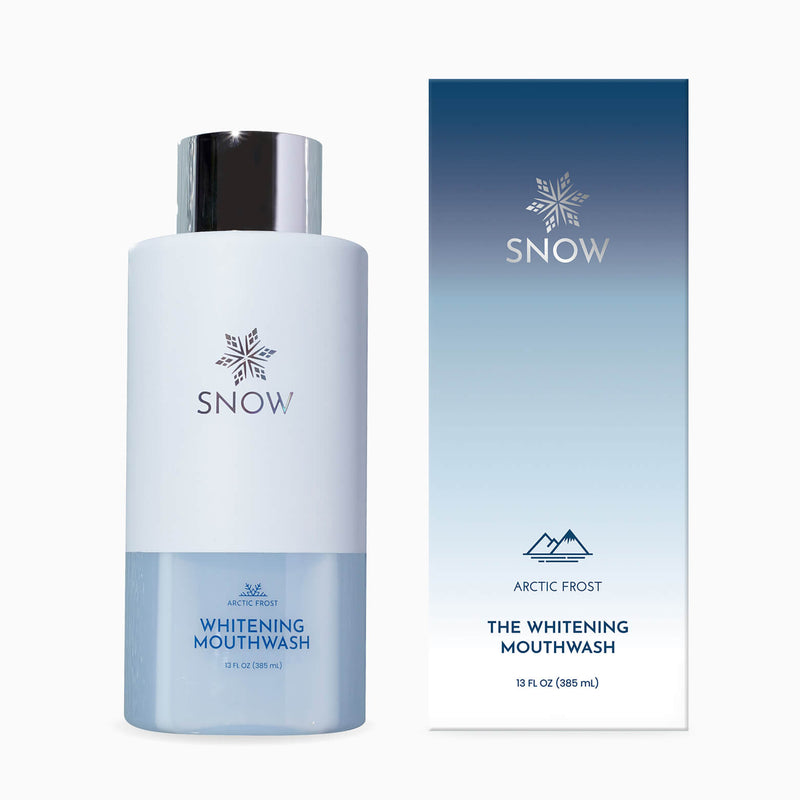Based on our observations, flossing your back teeth can seem difficult, but it doesn't have to be.
Learning how to floss back teeth involves using the right techniques and tools, and we'll explore them in this guide. We'll discuss practical steps, like starting with the proper length of floss and using effective techniques.
Plus, we'll suggest alternatives like water flossers and floss picks, while also covering common issues. Finally, we'll wrap up with handy tips for improving your flossing routine. Whether you're trying to learn how to floss a bridge or how to floss dental implants, we've got the steps for you!
Ready to master flossing your back teeth? Let's dive in.
What this article covers:- How to Floss Your Back Teeth
- How to Remove Stuck Floss
- How to Stop Gums Hurting After Flossing
- Tips for Effective Flossing
How to Floss Your Back Teeth
Flossing your back teeth can be challenging, but with the right techniques, it becomes much easier. In the next sections, we'll go over practical tips to make sure you're cleaning even the hardest-to-reach molars.
Start With The Right Length Of Dental Floss
When flossing, the first step is ensuring you have the right amount of dental floss to work with. We recommend using about 18-24 inches of floss. The same holds true when first learning how to floss for kids.
This length is ideal because it allows you to wrap the floss securely around your fingers while leaving enough slack. It's important to change the segment of floss for every tooth to avoid transferring plaque and bacteria between teeth.
Holding the floss correctly also makes a big difference. Wrap most of it around your middle fingers, leaving about 1-2 inches to work with.
This positioning helps you control the floss and prevents it from slipping out of your grip.
Use Proper Technique
Start by carefully guiding the floss between your teeth using a gentle sawing motion. Avoid snapping the floss into your gums, as this could cause damage.
Once the floss reaches your gumline, curve it into a "C" shape around each tooth and gently slide it up and down. For back teeth, make sure to extend the floss slightly below the gumline and clean both sides of each tooth.
Consider A Water Flosser If You're Having Difficulty With Your Back Teeth
If flossing your back teeth proves difficult, consider using the SNOW Water Flosser. Our findings show that this travel-friendly, cordless device makes flossing quick and comfortable.
Equipped with an antibacterial-treated tip nozzle, the SNOW Water Flosser is helpful for those with sensitive gums or limited access to molars. Its collapsible 8 oz reservoir and long-lasting battery (up to 70 uses) make it convenient for daily use or travel.
A Floss Pick Is Another Solution
Handling traditional dental floss can be tricky, and floss picks are a convenient alternative. They eliminate the need to wrap floss around your fingers, making flossing more accessible.
For example, our Charcoal Whitening Floss Picks are designed with strong, mint-flavored floss and made from 100% recycled BPA-free plastic. These picks fit comfortably between tight teeth, effectively cleaning and whitening with activated charcoal.
How to Remove Stuck Floss
Dealing with stuck floss can be frustrating, but there are a few methods to resolve it. One effective way is to use a fresh piece of floss and gently slide it along the side of the tooth to dislodge the trapped floss.
If the floss doesn't come loose, try using a water flosser. In some cases, interdental brushes or dental picks can help remove the stuck floss.

How to Stop Gums Hurting After Flossing
To reduce discomfort, rinse your mouth with warm saltwater to soothe irritation. Our research indicates that you should floss gently to avoid injury. If you notice persistent gum pain, consider using a softer floss.
Our Activated Charcoal Whitening Floss combines activated charcoal with expanding bamboo fibers for a gentle yet thorough clean. This eco-friendly vegan floss is sulfate and fluoride-free, making it suitable for both adults and children.
Tips for Effective Flossing
- Floss Before Brushing: Flossing before brushing can loosen food particles and plaque, allowing your toothbrush to clean more effectively.
- Look in the Mirror: Flossing in front of a mirror can improve accuracy, reducing the risk of gum injury when reaching your back teeth.
- Mix It Up: If traditional floss isn't working for you, try alternatives like waxed floss, floss picks, or water flossers.
- Be Gentle: Avoid aggressive flossing. Use a gentle motion to slide the floss between teeth.
Conclusion
Mastering how to floss back teeth is essential for maintaining excellent oral hygiene. Cleaning your back molars may seem tricky, but with the right techniques and tools, you can keep those hard-to-reach areas healthy.
From using the right length of floss to considering alternatives like water flossers or floss picks, there are various ways to improve your flossing routine.
Take control of your oral hygiene today with SNOW teeth whitening. Explore our range of products, including the award-winning SNOW Water Flosser, to ensure your smile stays bright and healthy.
If you want to learn more, why not check out these articles below:
- How to Floss 1 Year Old Teeth
- Best Dental Floss
- Best Portable Water Flosser
- Best Travel Water Flosser
- When Is the Best Time to Floss
- Why Does My Floss Smell Bad?
- Why is Flossing Important?
- Why Does Flossing Feel Good?
- Why Is Flossing As Important As Brushing?
- Does a Water Flosser Replace Flossing?
- Does Water Flosser Remove Plaque?
- Does Water Flossing Hurt?
- Does Water Flosser Make Teeth White?
- How to Clean Water Flosser
- How Often Should You Water Floss
























